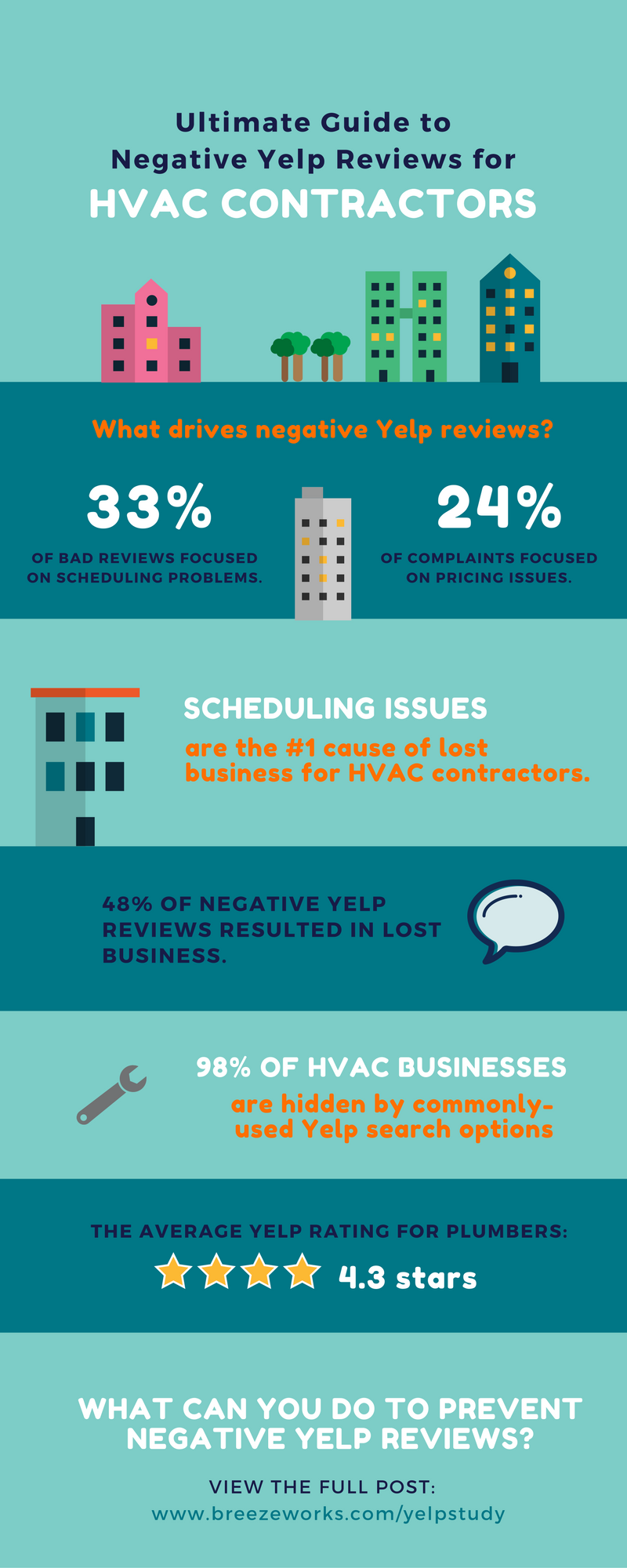The Ultimate Guide To Comprehending Heat Pumps - Just How Do They Function?
The Ultimate Guide To Comprehending Heat Pumps - Just How Do They Function?
Blog Article
Web Content By-Whitfield Cates
The most effective heat pumps can conserve you substantial amounts of money on energy bills. They can also help in reducing greenhouse gas emissions, specifically if you utilize power in place of nonrenewable fuel sources like propane and home heating oil or electric-resistance heaters.
Heatpump work very much the same as a/c do. try this website makes them a practical alternative to conventional electrical home heating systems.
Exactly how They Function
Heat pumps cool down homes in the summertime and, with a little help from electrical energy or natural gas, they supply some of your home's home heating in the winter. They're an excellent alternative for people that wish to decrease their use fossil fuels however aren't ready to replace their existing heater and a/c system.
They rely upon the physical fact that also in air that appears as well chilly, there's still energy existing: warm air is always relocating, and it intends to relocate into cooler, lower-pressure environments like your home.
Many power celebrity accredited heatpump operate at near to their heating or cooling ability throughout most of the year, lessening on/off biking and conserving energy. For the very best performance, concentrate on systems with a high SEER and HSPF rating.
The Compressor
The heart of the heatpump is the compressor, which is also referred to as an air compressor. This mechanical moving tool makes use of possible power from power production to increase the stress of a gas by reducing its quantity. It is different from a pump because it just works on gases and can not deal with fluids, as pumps do.
Climatic air gets in the compressor through an inlet valve. It travels around vane-mounted arms with self-adjusting length that divide the interior of the compressor, creating multiple dental caries of differing dimension. The rotor's spin pressures these dental caries to move in and out of phase with each other, pressing the air.
The compressor attracts the low-temperature, high-pressure cooling agent vapor from the evaporator and compresses it right into the warm, pressurized state of a gas. This process is repeated as needed to provide heating or air conditioning as required. The compressor also consists of a desuperheater coil that recycles the waste heat and adds superheat to the cooling agent, altering it from its fluid to vapor state.
The Evaporator
The evaporator in heat pumps does the very same point as it does in refrigerators and a/c, altering fluid cooling agent into a gaseous vapor that eliminates warmth from the area. Heat pump systems would not work without this essential piece of equipment.
This part of the system lies inside your home or structure in an interior air handler, which can be either a ducted or ductless device. It has an evaporator coil and the compressor that presses the low-pressure vapor from the evaporator to high pressure gas.
Heat pumps soak up ambient warm from the air, and afterwards use electricity to move that heat to a home or service in home heating mode. That makes them a great deal a lot more power effective than electric heating systems or furnaces, and due to the fact that they're making use of clean electricity from the grid (and not shedding gas), they also produce far less discharges. That's why heatpump are such fantastic ecological choices. (As well as a big reason they're ending up being so prominent.).
The Thermostat.
Heat pumps are wonderful options for homes in chilly climates, and you can utilize them in combination with typical duct-based systems or even go ductless. cheap heat pump installation christchurch 're a wonderful alternate to fossil fuel furnace or traditional electric furnaces, and they're much more lasting than oil, gas or nuclear cooling and heating devices.
Your thermostat is one of the most important element of your heat pump system, and it works very differently than a standard thermostat. All mechanical thermostats (all non-electronic ones) work by using substances that transform dimension with increasing temperature, like curled bimetallic strips or the increasing wax in an auto radiator shutoff.
These strips contain 2 different kinds of metal, and they're bolted with each other to develop a bridge that completes an electrical circuit linked to your HVAC system. As the strip gets warmer, one side of the bridge expands faster than the other, which triggers it to flex and indicate that the heating unit is required. When the heatpump is in heating mode, the turning around shutoff turns around the flow of cooling agent, to ensure that the outdoors coil currently functions as an evaporator and the indoor cylinder becomes a condenser.